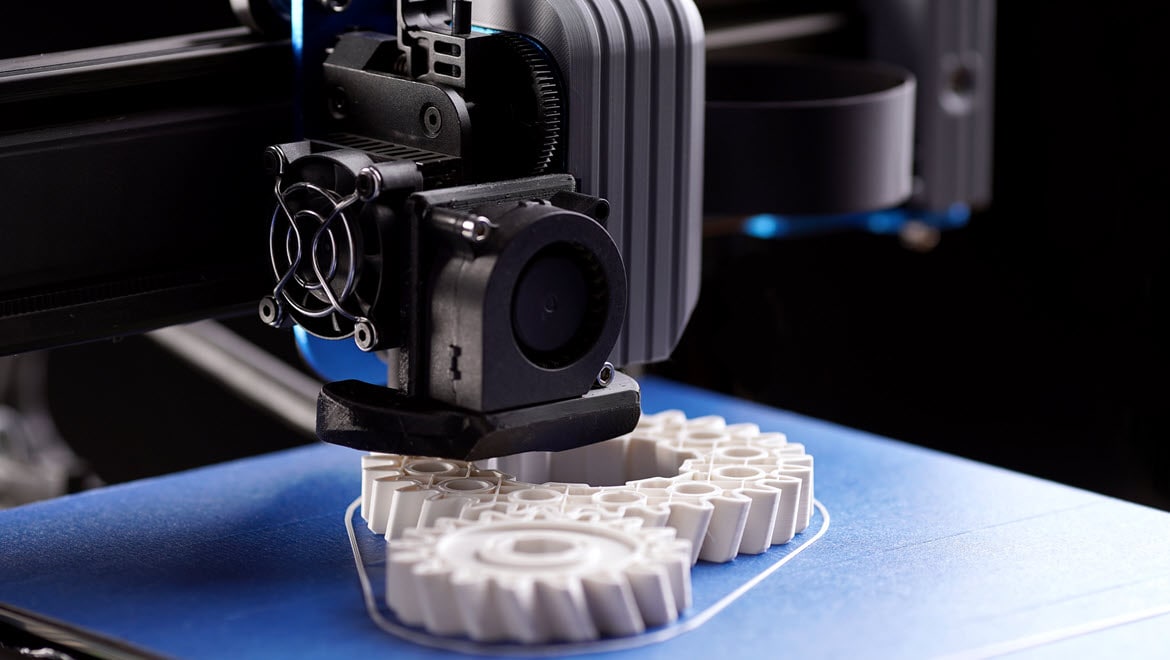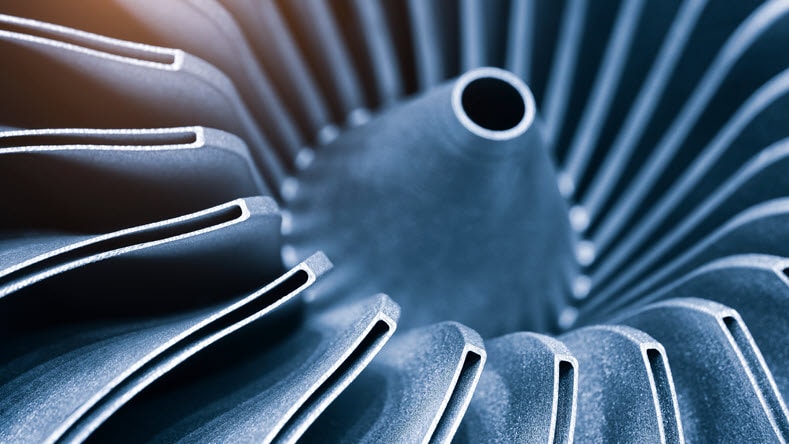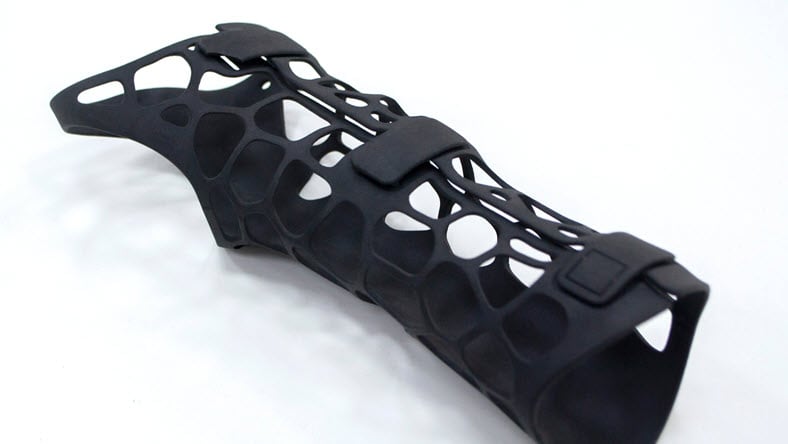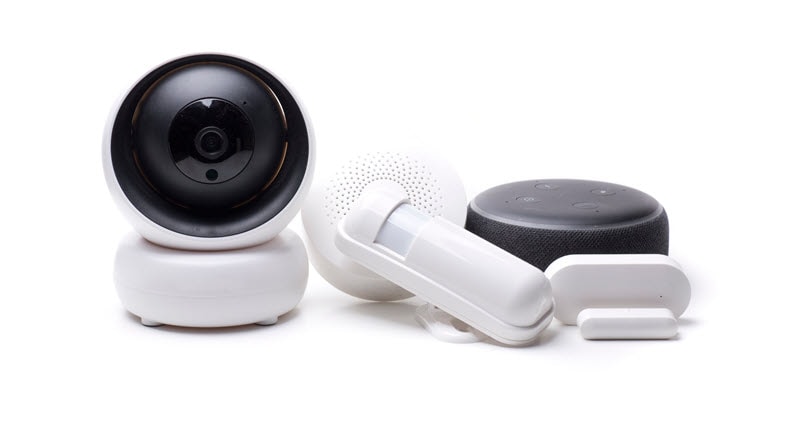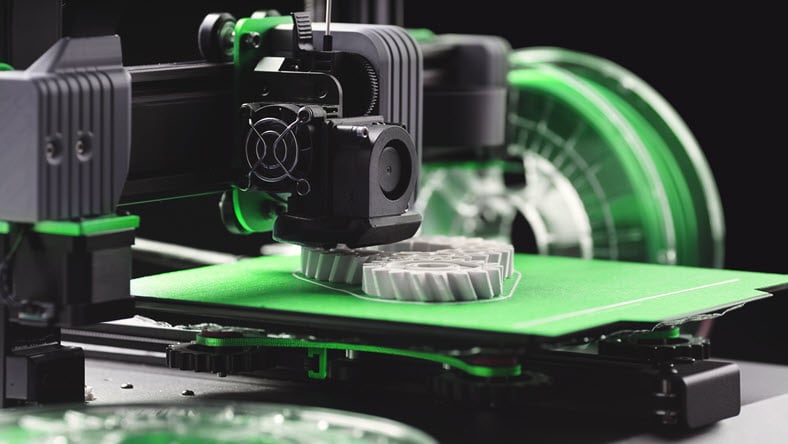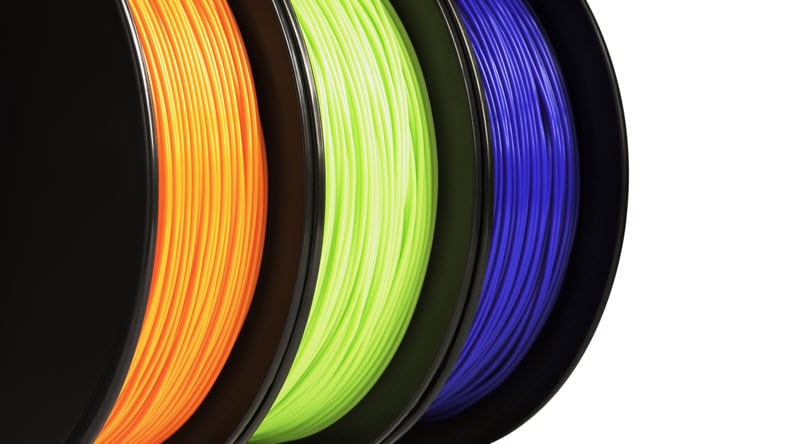& Construction

Integrated BIM tools, including Revit, AutoCAD, and Civil 3D
& Manufacturing

Professional CAD/CAM tools built on Inventor and AutoCAD
Fused filament fabrication (FFF) is a 3D printing technique where the 3D printer extrudes a continuous strand of thermoplastic. Many desktop 3D printers are FFF printers, making it a low-cost method to prototype and even create final products.
Fused Deposition Modeling (FDM) uses the same technology as Fused Filament Fabrication. The only differentiator is that FFF machines are more convenient for designers and smaller manufacturers than FDM’s more industrial-scale machines.
FFF 3D printing helps aerospace manufacturers develop durable prototypes and end-use parts.
FFF 3D printing provides automotive companies with possibilities that go beyond traditional manufacturing methods.
Medical grade filaments for FFF 3D printing help companies and researchers prototype revolutionary ideas and rapidly deploy end-use solutions.
FFF 3D printing enables product design firms to rapidly prototype ideas, helping them keep up with consumer demands.
It's most common to use thermoplastics for FFF 3D printing. There are many thermoplastic filaments to choose from, including:
PLA is derived from renewable, organic sources, such as corn starch or sugar cane.
ABS is heat and impact resistant — qualities especially useful when creating strong parts.
PETG is waterproof, chemical resistant, and can be rendered transparent.
TPU is impact resistant and more flexible than other thermoplastics.
To successfully print with an FFF 3D printer, you need the right software. FFF 3D printing software, like Fusion 360, enables you to 3D model the object you want to print. Once the 3D model is ready for printing, the software breaks the model into slices based on a specified layer height to prepare it for the printing process. It then precisely controls the printer's head as it moves throughout your print.
Autodesk Fusion 360 offers a range of specialized tools tailored for FFF 3D printing, enabling you to rapidly prototype in-house with ease and even print parts for end-use.
Cloud collaboration tools enable multiple users to collaborate on the same design in real time. Cloud-based software is especially useful during the prototyping phase of the product development process while teams quickly iterate to find the best solution.
Autodesk Fusion 360 combines both computer-aided design (CAD) and computer-aided manufacturing (CAM) functionalities in a single platform. This integration allows designers to seamlessly transition from creating 3D printed models to generating toolpaths for manufacturing processes.
Every 3D print starts as a 3D model. FFF 3D printing software like Autodesk Fusion 360 makes it easy to export designs to your 3D printer.
An FFF 3D printer takes your CAD data and helps turn it into a physical object. There are many desktop FFF 3D printers on the market, making it even easier to add 3D printing to your workflow.
Filament, often made from thermoplastic, is the material that an FFF 3D printer uses to 3D print your design.
See how to use Fusion 360 to prepare your model for Fused Filament Fabrication 3D printing.
Learn how to print a singular body with variable print settings, materials, or colors.
Learn how to use the Volume and Bar support for print preparation in Fusion 360 for FFF 3D printing.
Take an in-depth look at what fused filament fabrication (FFF) is and some useful functionality in Fusion 360.
Zoom out and see the bigger picture of how FFF 3D printing fits into the product development process.
Check out this comprehensive guide to 3D printing and 3D modeling basics, including important terminology you should know.
Thermoplastic filament is pushed through a heated nozzle onto a surface, turning it into a malleable state. The material then follows a pre-defined path (based on a 3D model), building an object layer by layer as the plastic cools and hardens. Once the plastic is cool, the object is ready for removal. FFF printers enable you to print with a wide variety of thermoplastic in many different colors through dual extrusion heads.
Unlike FFF 3D printing, Stereolithography (SLA) is a 3D printing technology that uses a UV laser to solidify liquid photopolymers layer by layer. The laser hardens the material layer by layer as the build platform rises, mapping its pre-defined path until the object is complete.
Yes. Metal FFF is the easiest and most affordable type of metal 3D printing. It requires specialized FFF 3D printers designed to print MIM (metal injection molding) feedstock. The result of this process is a “green” metal part that needs to go through two more steps before being finalized: de-bounding and sintering.
To begin 3D printing in Fusion 360, start by switching to the Manufacture workspace. Then select the additive manufacturing tab at the top of the window. Now you’re ready to start setting up your 3D print, including specifying your 3D printer, print settings, and more. Be sure to select the part you want to print as the model within the setup so your printer knows what to print. Visit this article for more details.
Fusion 360 is a professional CAD, CAM, CAE, and PCB tool that also enables FFF 3D printing. Fusion 360 offers various customizable subscriptions and extensions for you to choose from based on your needs. Fusion 360 base is just $545 USD per year. If you want to unlock even more advanced 3D printing features, such as metal 3D printing, consider adding the for $1,600 USD per year.
Yes. FFF software, including Fusion 360, is available for both Windows and Mac PCs. Visit this article to learn how to download Fusion 360 on your Windows or Mac computer.
